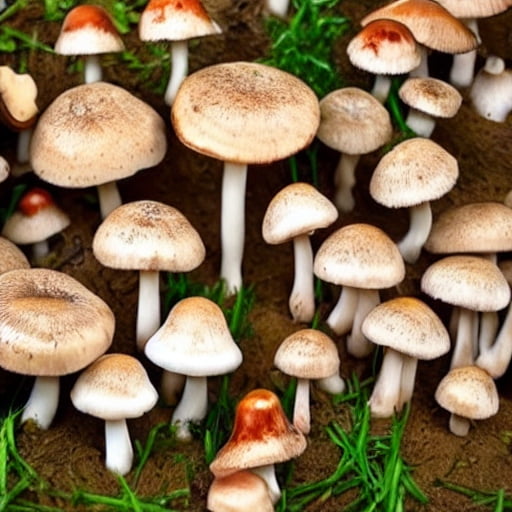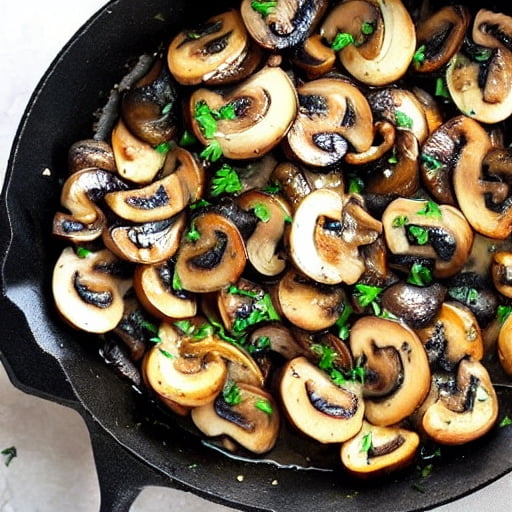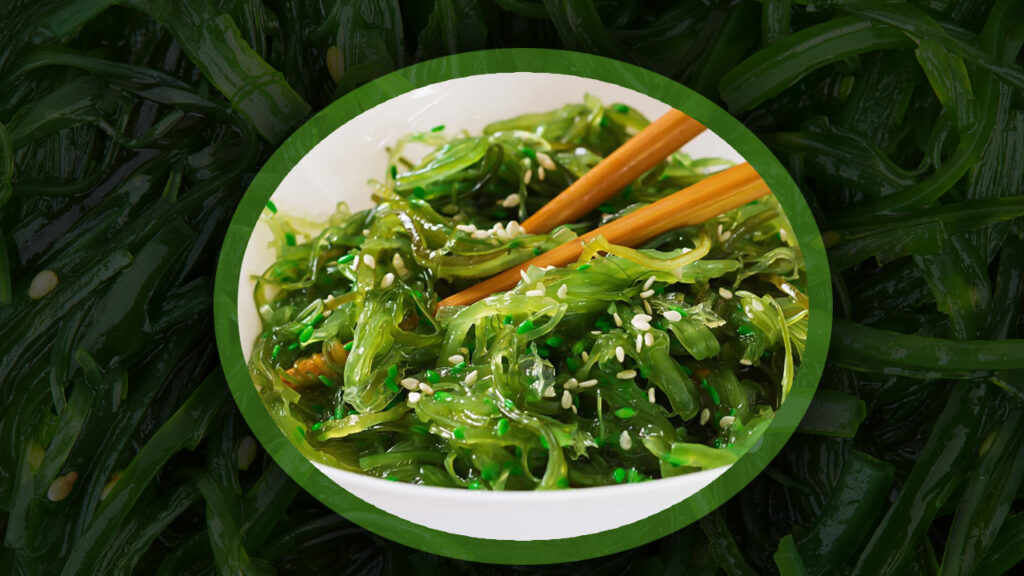Fungus
We eat mushrooms for various reasons. They are a versatile ingredient that adds unique flavours and textures to dishes. Here’s a simple mushroom recipe, along with its advantages and disadvantages:


Advantages of Eating Mushrooms:
- Nutritional Worth: Mushrooms are low in calories and fat while being high in fundamental supplements like nutrients (B, D, and E), minerals (like selenium, potassium, and copper), and dietary fibre.
2. Antioxidants: Mushrooms are a rich wellspring of cancer prevention agents that assist with shielding the body from free revolutionaries, which can cause cell harm and add to ongoing sicknesses.
3. Immune-Supporting Properties: A few mushrooms, similar to shiitake and maitake, contain intensities that might upgrade resistant capability and give antimicrobial impacts.
4. Versatile Fixing: Mushrooms can be utilized in different cooking styles and dishes, adding a profundity of flavour and a substantial surface, making them reasonable for both vegan and non-veggie lover feasts.
5. Potential Therapeutic Advantages: Specific sorts of mushrooms, for example, reishi and lion’s mane, are accepted to have potential medical advantages, including supporting mind capability, decreasing irritation, and helping in general prosperity.

Recipe: Garlic Butter Sauteed Mushroom
Ingredients:
- 1 pound (450g) button mushrooms, sliced
- 2 tablespoons butter
- 2 cloves garlic, minced
- 1 tablespoon fresh parsley, chopped
Salt and pepper to taste
Instructions:
- Heat the butter in a large skillet over medium heat.
- Add the minced garlic and sauté for about 1 minute until fragrant.
- Add the sliced mushrooms to the skillet and toss to coat them evenly with the butter and garlic.
- Cook the mushrooms for about 5-7 minutes, stirring occasionally, until they are tender and lightly browned.
- Season with salt and pepper to taste.
- Sprinkle fresh parsley over the mushrooms and give them a final toss.
- Remove from heat and serve as a side dish or as a topping for steaks, pasta, or rice dishes.
Disadvantages of Eating Mushrooms:
1. Allergy Potential: A few people might be hypersensitive to mushrooms, encountering side effects like skin rashes, tingling, expanding, or stomach-related issues. It’s essential to know about any sensitivities prior to consuming mushrooms.
2. Toxic Assortments: Certain wild mushrooms can be poisonous and possibly deadly whenever ingested. It’s urgent to be learned about the sorts of mushrooms you consume, particularly whenever scrounged, and look for direction from specialists if uncertain.
3. Digestive Responsiveness: Certain individuals might find it trying to process mushrooms because of their high fiber content. On the off chance that you have stomach related issues, it’s fitting to consume mushrooms with some restraint or talk with a medical service proficient.
4. Absorption of Ecological Poisons: Mushrooms can retain natural poisons, including weighty metals, from the dirt where they develop. In this manner, it’s fundamental to pick mushrooms from believed sources that focus on quality and wellbeing guidelines.
More Interesting Fact about Mushroom :
Consumable Mushrooms: Many mushrooms are eatable, for example, button mushrooms, shiitake, and portobello, going with them famous decisions in culinary dishes.
Medical advantages: Mushrooms are a rich wellspring of nutrients, including vitamin D, which is fundamental for bone wellbeing.
Mycelium: The underground piece of mushrooms, called mycelium, assumes an essential part in supplement cycling in environments.
Parasites Realm: Mushrooms have a place in the growths realm, a different gathering of creatures that incorporates yeasts and moulds.
Therapeutic Mushrooms: Certain mushrooms, such as reishi and lion’s mane, are accepted to have restorative properties and are utilized in customary medication.
Mushroom Scrounging: Rummaging for wild mushrooms can be a side interest, yet it’s crucial to be mindful as a few wild mushrooms are poisonous.
Mycophobia: The feeling of dread toward mushrooms is called mycophobia, which is moderately extraordinary but can be a genuine fear for certain people.
Pixie Rings: A few mushrooms fill in round designs known as pixie rings, frequently seeming enchanted in woods and green regions.
Psilocybin: Sorcery mushrooms contain the psychoactive compound psilocybin, which can incite fantasies and adjusted insights.
Truffle Hunting: Truffles, a kind of parasite, are exceptionally pursued in the culinary world and are many times pursued utilizing uncommonly prepared canines or pigs.
Decomposers: Mushrooms assume an essential biological part as decomposers, separating natural matter in the woodland floor.
Mycorrhizal Affiliations: Many plants structure mycorrhizal relationships with growths, where the organisms assist the plant with engrossing supplements from the dirt.
Mushroom Development: Mushrooms can be developed inside in controlled conditions, considering all-year creation.
Spore Dispersal: Mushrooms replicate through the arrival of spores, which can be conveyed by wind, creatures, or water.
Shiitake Development: Shiitake mushrooms are broadly developed on logs, with particular strategies for their development.
Mushroom Bioluminescence: A few mushrooms, similar to the jack-o’- light mushroom, are bioluminescent, emanating a scary sparkle in obscurity.
Biggest Mushroom: Armillaria ostoyae, a type of honey growth, is viewed as the biggest life form on The planet, covering sections of land of timberland floor.
Mushroom Poisons: Certain poisonous mushrooms, for example, Amanita phalloides (passing cap), can be lethal whenever ingested.
Culinary Treats: White truffles, fundamentally tracked down in Italy, can sell for a great many dollars per pound because of their remarkable flavour and fragrance.
Mushroom Assortments: There are many mushroom species, each with its particular qualities, including varieties, shapes, and sizes.
Organisms Preservation: Protection endeavours are in progress to safeguard uncommon and imperilled mushroom species.
Mushroom as Workmanship: Mushrooms have roused different types of craftsmanship, including artworks, figures, and adornments.
Mushroom Species Names: Some mushroom species have capricious names, similar to the “chicken of the forest” or “hen of the forest.”
Mushroom Covers: The cap of a mushroom is the noticeable, frequently adjusted, part that houses the spore-creating gills or pores.
Mushroom Cooking Styles: Mushrooms can be sautéed, simmered, stuffed, or utilized in soups, adding special flavours and surfaces to dishes.
Remember, it’s always recommended to consult with a healthcare professional or nutritionist for personalized advice regarding your dietary needs and any specific health concerns.

